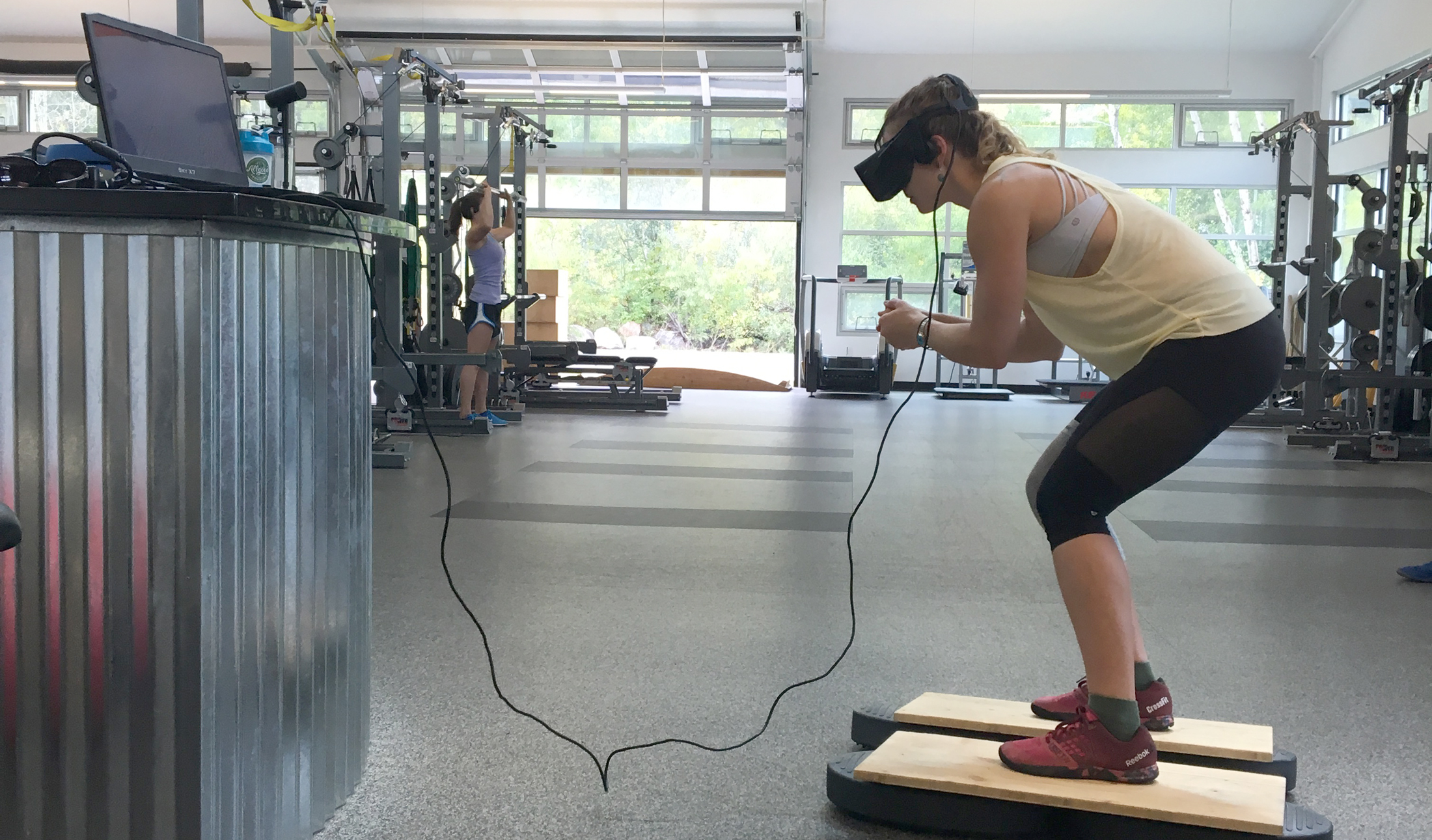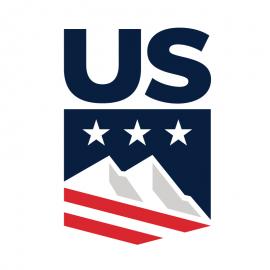U.S. Ski & Snowboard and STRIVR

The integration of technology and sport has a long, rich history. This is especially true in snowsports where equipment and technological innovations have helped increase speed, performance, pure spectacle and safety in all snowsports disciplines.
Now, in 2018, Virtual Reality is the latest technological innovation to be introduced to the sporting world, especially for U.S. Ski & Snowboard, the Olympic organization that is the governing body for ski and snowboard sports in the USA.
U.S. Ski & Snowboard, based in Park City, Utah, have been working in the VR field with STRIVR in a project funded by U.S. Ski & Snowboard partner Visa and the United State Olympic Committee. STRIVR are the California-based VR specialists whose work in VR helps to improve the performances of individuals, corporations, and sports teams. In the case of U.S. Ski & Snowboard, this work is specifically with their High Performance division, under the leadership of Troy Taylor, High Performance Director at U.S. Ski & Snowboard.
“We first started working with STRIVR around two years ago,” explains Taylor. “Since then, we have seen that the value of the work we do with STRIVR is confirmed in the feedback we have from our athletes and their coaches taking part in World Cup and Olympic events. They feel that 360 video and VR increases both the confidence and performance of the athletes in events.
U.S. Ski & Snowboard athletes are using 360 videos and VR in multiple ways in competition, from inspections of the race course, helping athletes learn the lines they will race through, to helping athletes rehabilitate from injuries.
“Our athletes have very limited time and opportunities to train on race courses when they are competing in World Cup or Olympic events,” Taylor said. “The clear advantage of VR is that it is a great way to help athletes get more used to and learn specific courses, which is an obvious performance benefit. The implementation of VR is also part of a larger strategy of US Ski & Snowboard’s High Performance department to embrace the leading edge of technology and innovations to equip our athletes with the latest tools to aid their performance.
“The feedback we have from our athletes suggests that the biggest benefit of using VR is building confidence,” Taylor continued. “They feel they know the courses they will race on better, so when they come to ski on it during a race they enter the start gate with an increased confidence level. That is a big part of competition, having the confidence to attack parts of the course where you can find time, so that’s a clear benefit.”
In simple terms, through the work U.S. Ski & Snowboard is doing with STRIVR in VR, the organization now has “mental access” to each course their athletes compete on, meaning they can mentally prepare for the race they are going to ski: the positions of the gates, the terrain, the way the turns appear—all this mental preparation and visualization is crucial to this sport at the highest level. Before STRIVR, it was impossible to get these repetitions unless you just closed your eyes. Now it’s completely possible and very advantageous for athletes competing right across the U.S. Ski & Snowboard sport spectrum.

